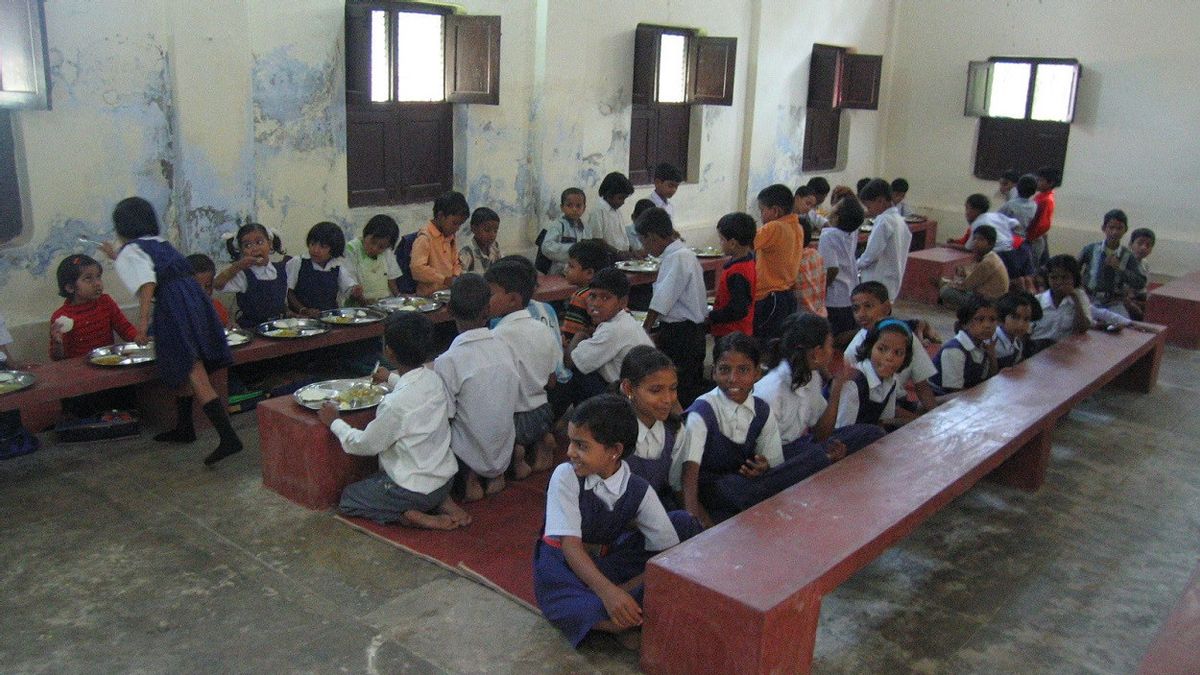JAKARTA - The Indian state of Uttar Pradesh ordered the closure of schools, amid efforts to contain the spread of an outbreak of a viral fever of unknown origin, the Hindustan Times reported on Monday.
"The cause of the spike in cases is still under investigation, but the symptoms are like dengue fever," Amit Mohan Prasad, the state's chief (health) secretary, told India TV, citing Sputnik Aug. 31.
Local authorities said schools would remain closed until September 6 for students in grades 1 through 8.
Seventy people, including 12 children, reportedly died from the mysterious disease. Meanwhile, Uttar Pradesh Health Minister Jai Pratap Singh denied the reports, stating that 32 children and seven adults had died.
Most people with fever suffer from high temperatures, dehydration and low platelet counts. Symptoms similar to dengue fever, such as fever, severe headache, muscle aches, nausea, and enlarged lymph nodes, have been detected in some of those infected.

Previously launched the Telegraph December 8, India was hit by a mysterious disease that killed one person and caused more than 500 others to be treated, mainly children, in the state of Andhra Pradesh, South India.
Initial medical reports called it believed to be mass neurotoxic poisoning. All of the victims had elevated levels of highly toxic heavy metals in their bloodstream, including lead and nickel, according to a preliminary study by the All India Institute of Medical Sciences (AIIMS).
"We have tentatively identified the main cause of this strange phenomenon, but it is not yet clear what the source is and how and why it happened," said Katamaneni Bhaskar, state health commissioner in Andhra Pradesh.
"For example, chemicals are found in the patient's body but not in water or other food substances," he said.
Residents of Eluru blamed the anti-mosquito campaign at the time, which used organochlorine pesticides to kill insects, because the substances could cause severe nerve damage in humans if accidental high levels of exposure occurred.
Children are particularly vulnerable to organochlorine poisoning because they absorb higher levels of heavy metals than adults, according to the World Health Organization (WHO).
"This is a neurotoxin contamination with a high probability of lead and nickel but we have not determined the source of the infection," said Dr. AVR Mohan, Medical Superintendent for the district hospital in Eluru.
"It must have come from some pesticide or toxic chemical that was sprayed on the area that had contaminated the food taken by the patient."
The English, Chinese, Japanese, Arabic, and French versions are automatically generated by the AI. So there may still be inaccuracies in translating, please always see Indonesian as our main language. (system supported by DigitalSiber.id)













